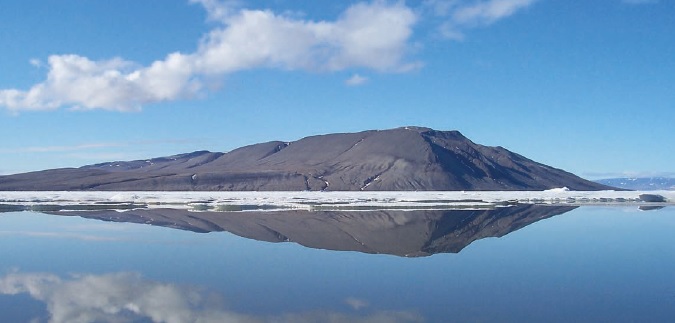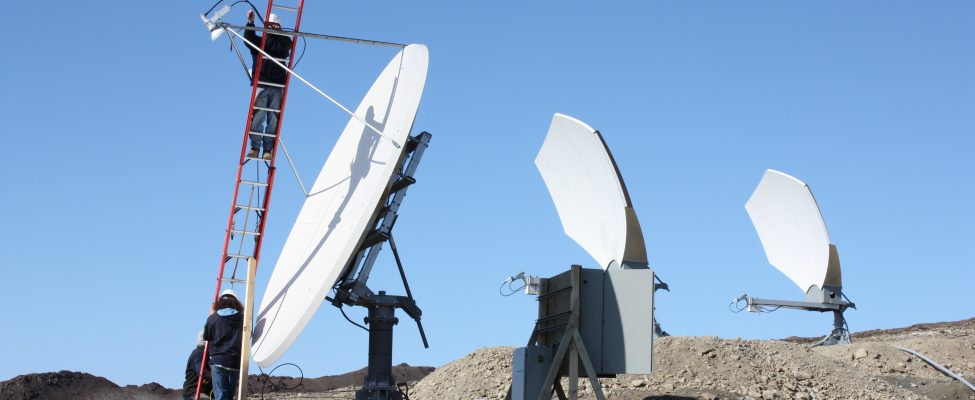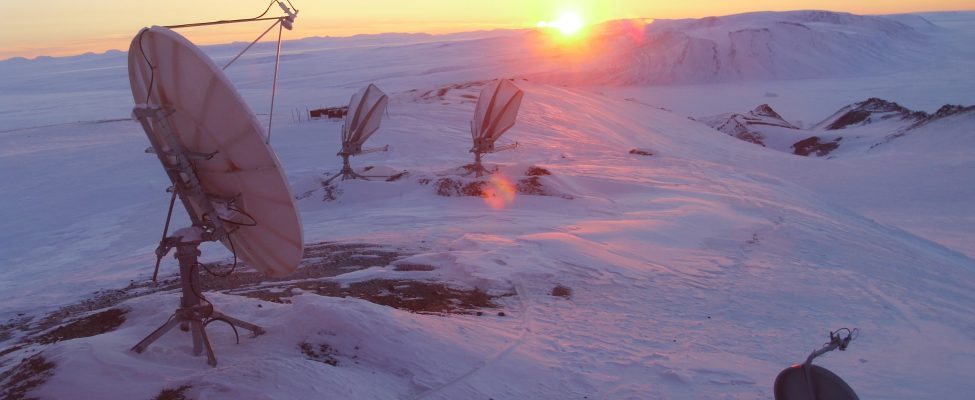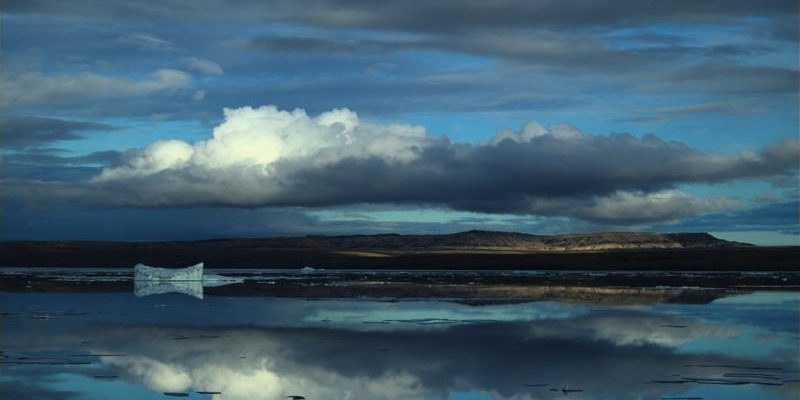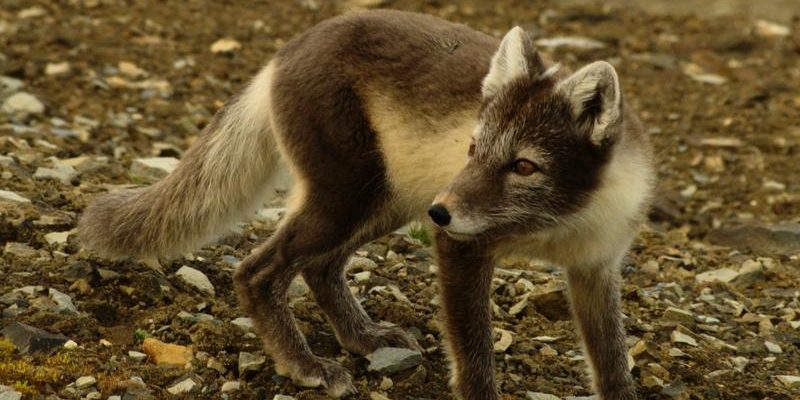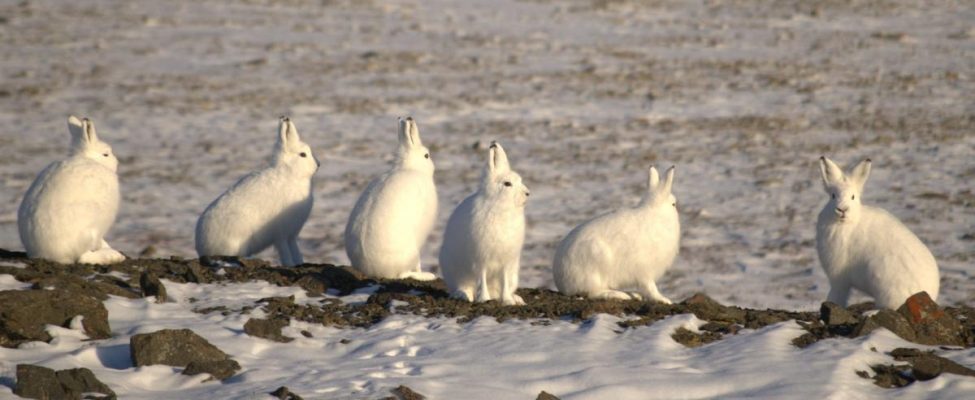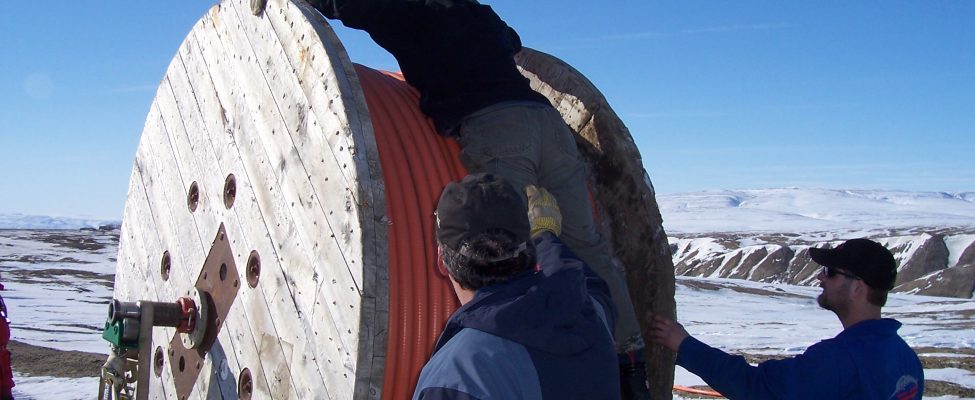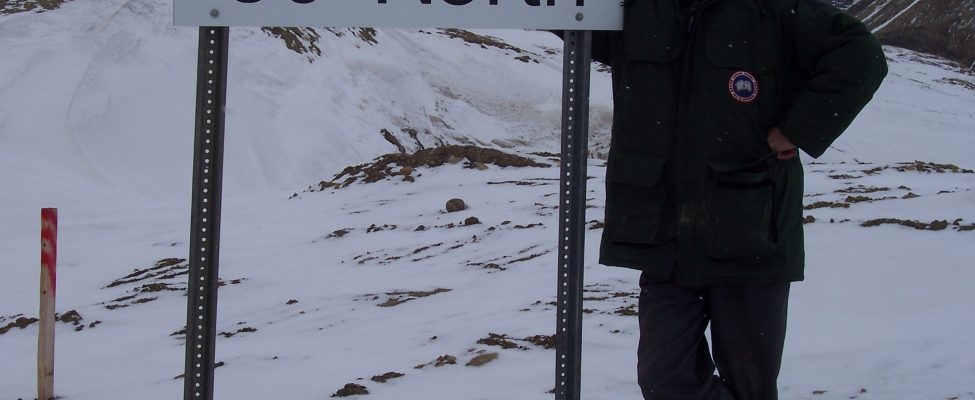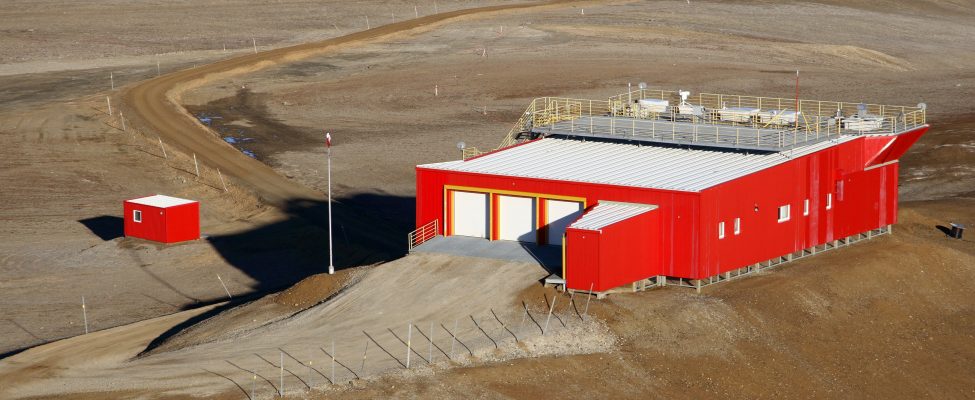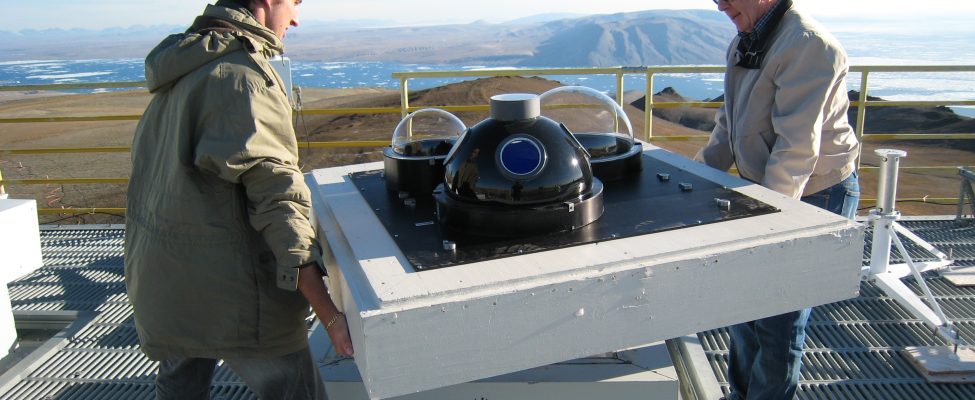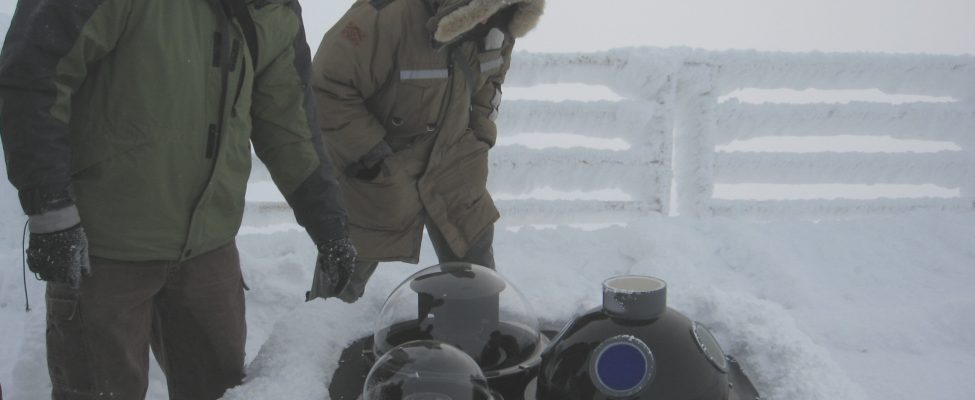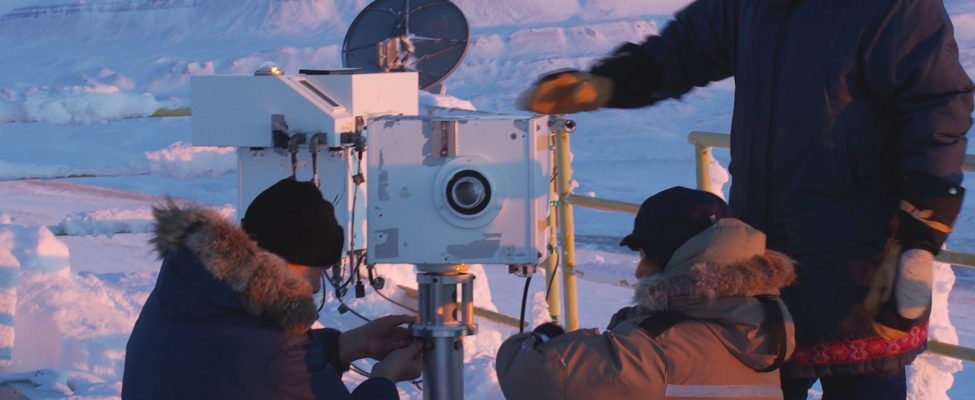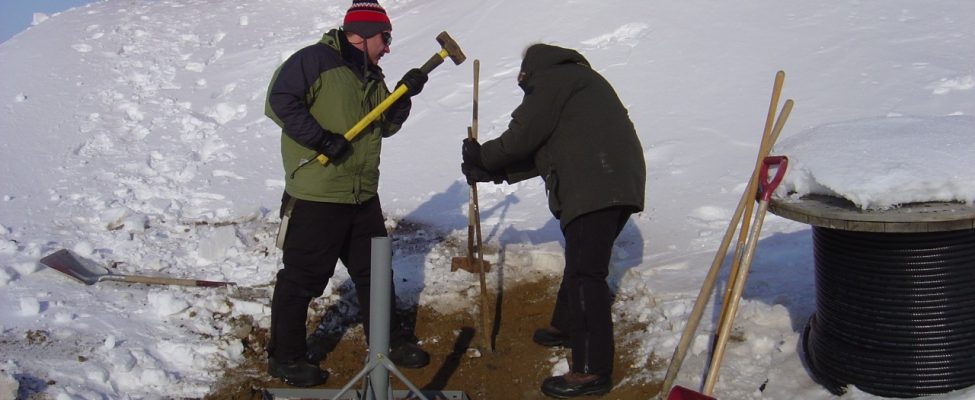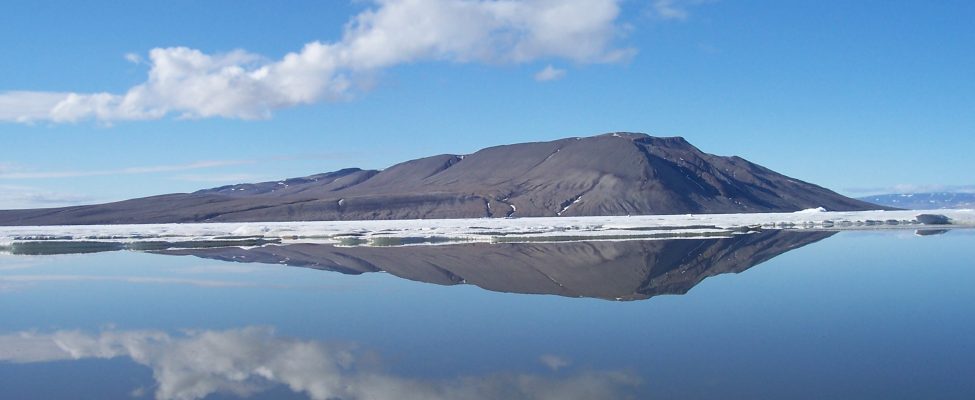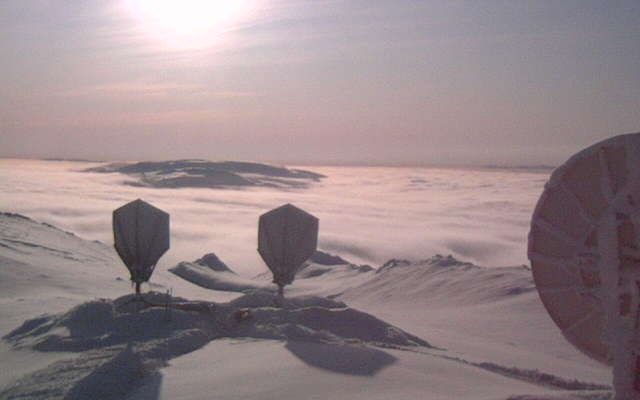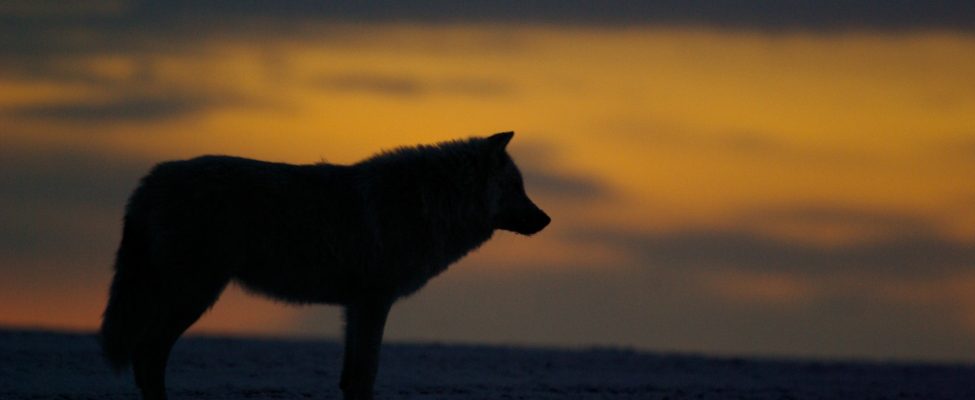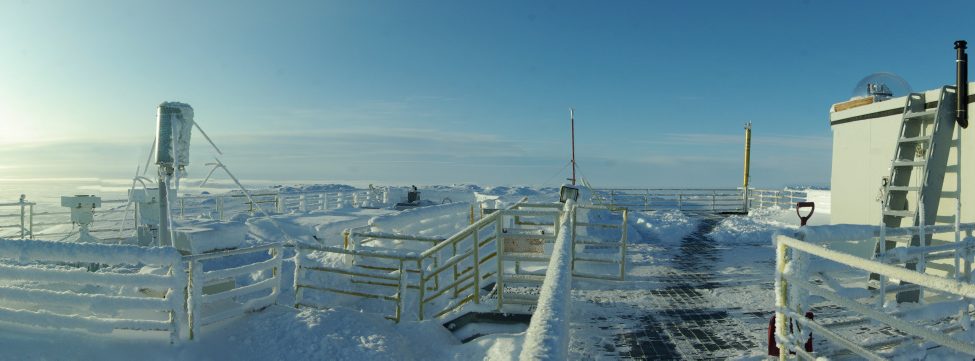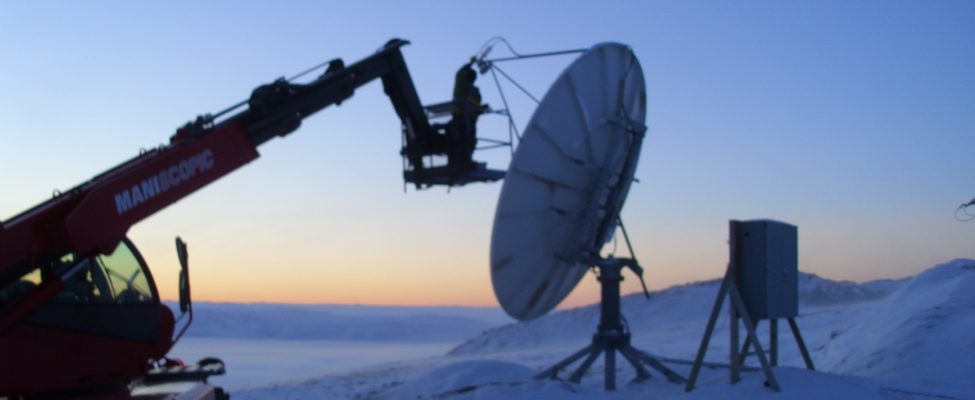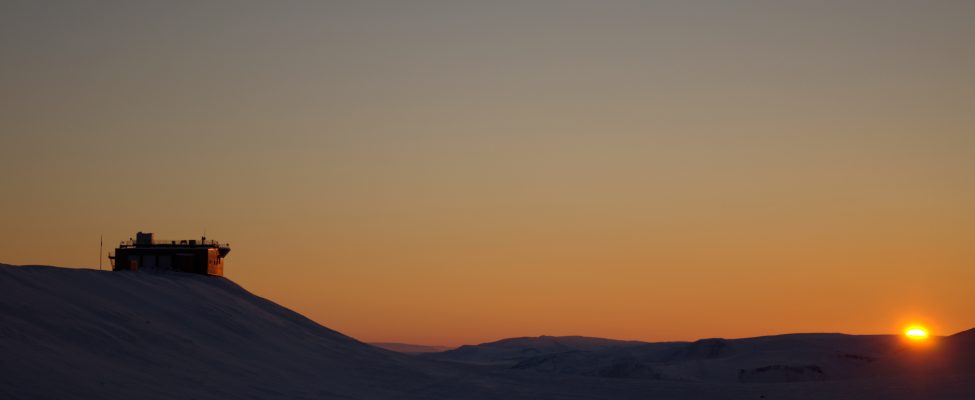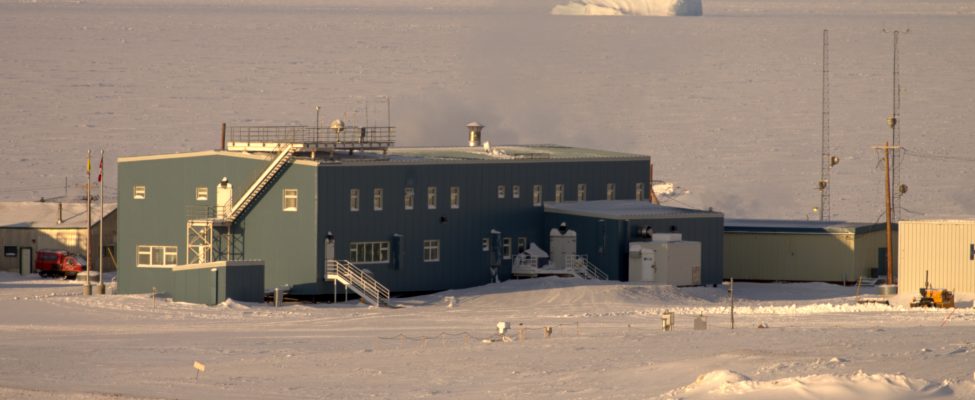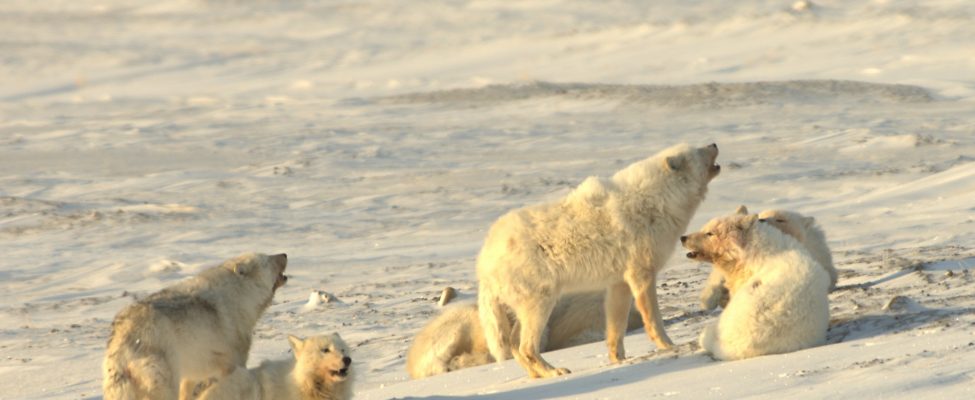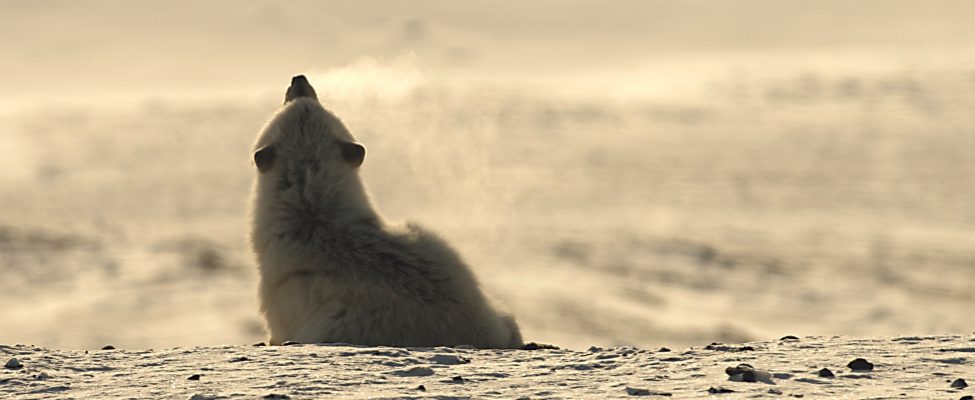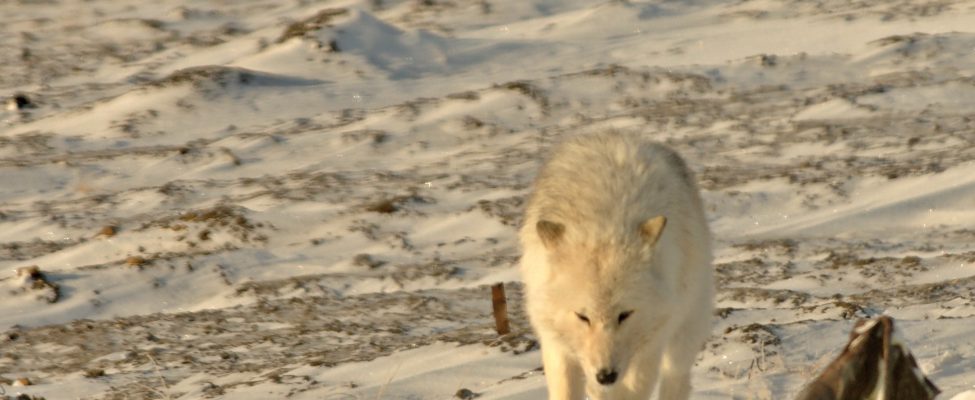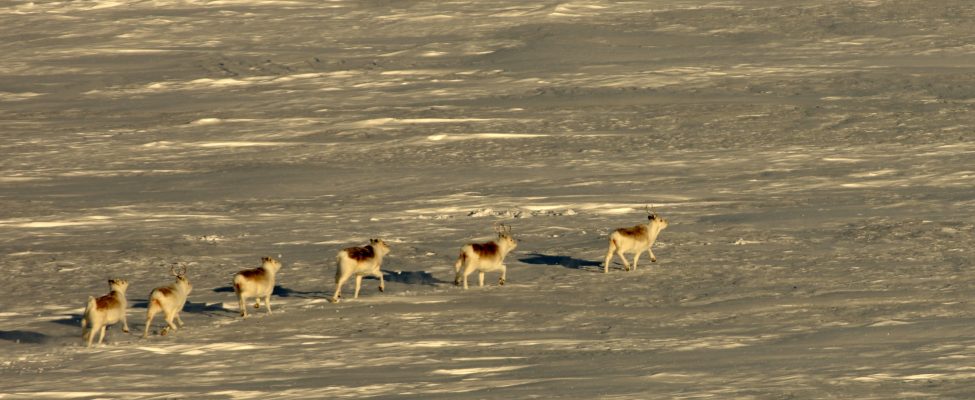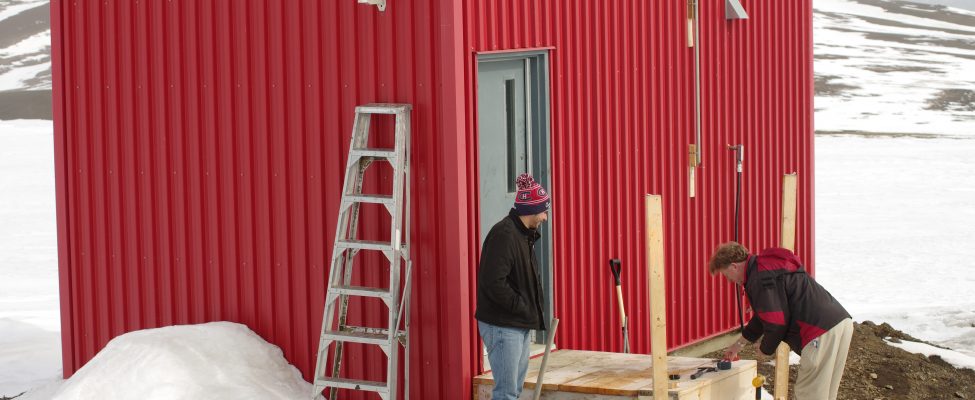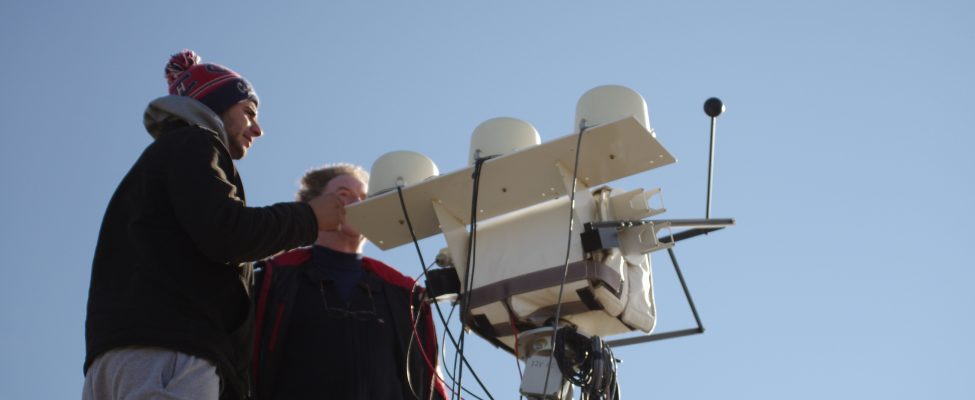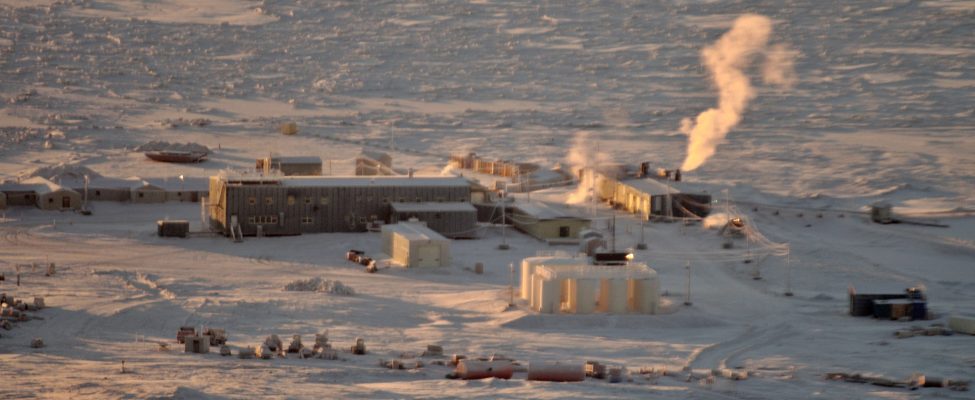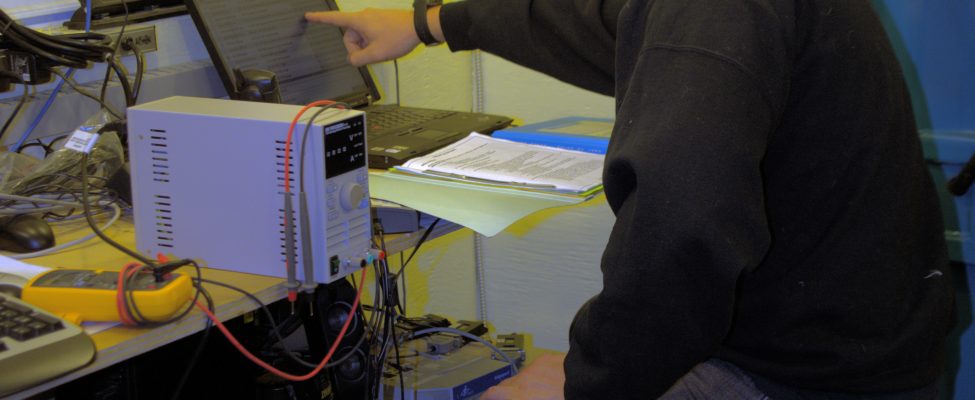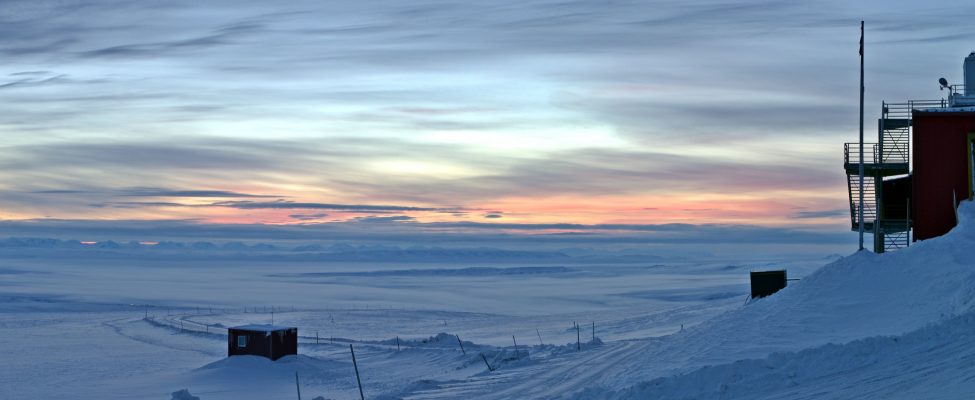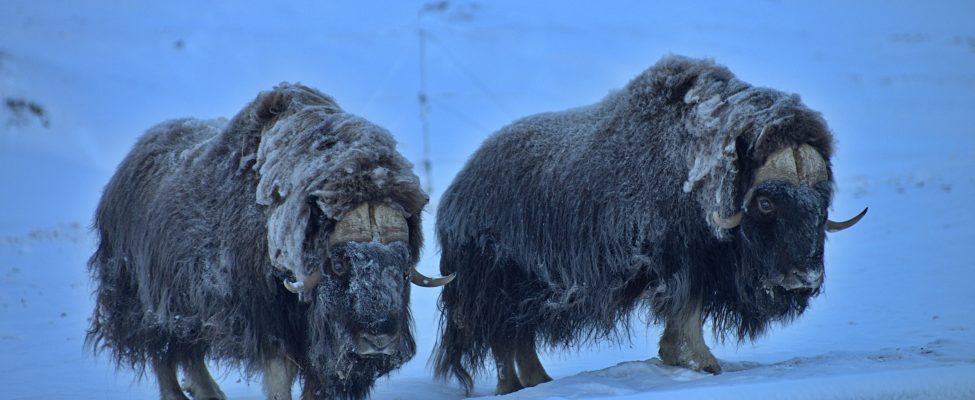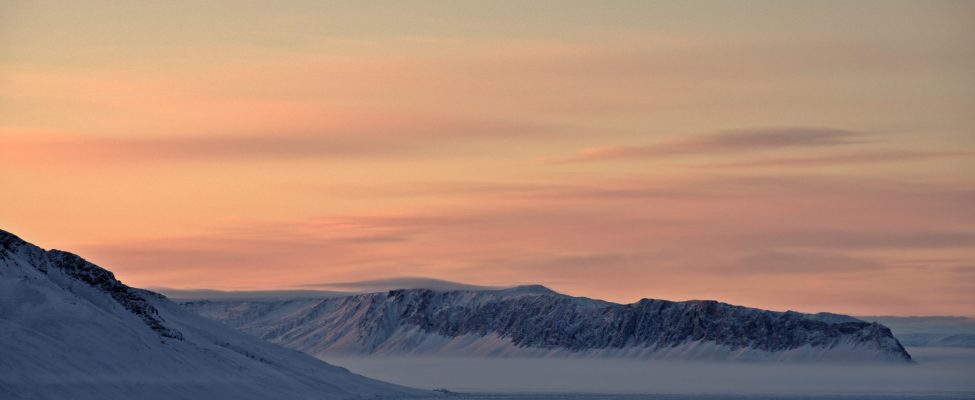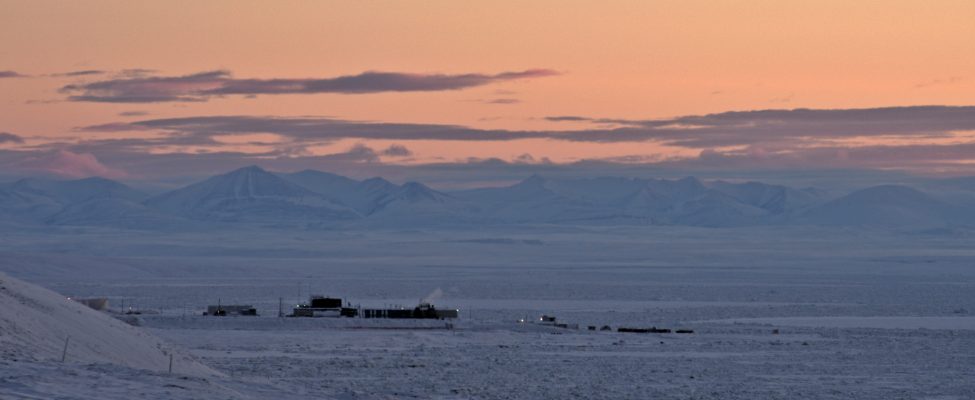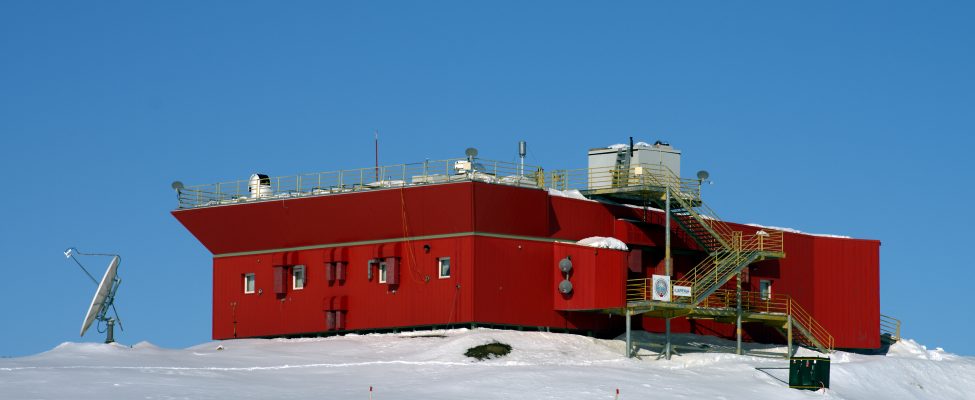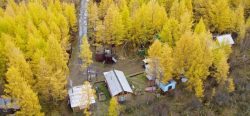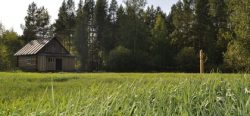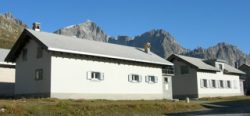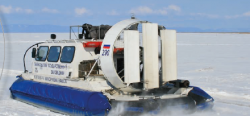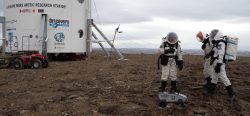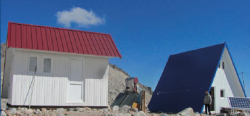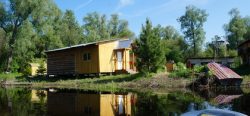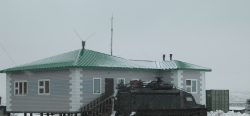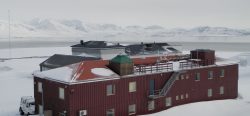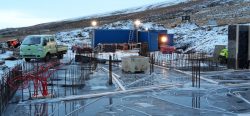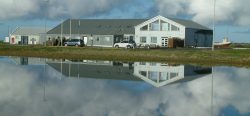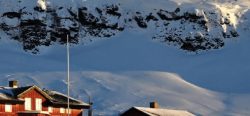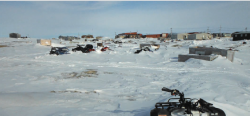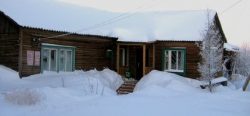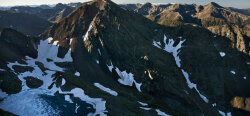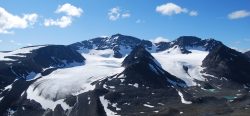Contact Details
60 St. George Street
Toronto, Ontario, M5S 1A7, Canada
- Phone: (416) 946-3217
NAME AND OWNER
Polar Environment Atmospheric Research Laboratory (PEARL) operated by the Canadian Network for the Detection of Atmospheric Change (CANDAC) – an informal university and government consortium.
LOCATION
PEARL is located adjacent to the Environment Canada weather station at Eureka, Nunavut Canada. PEARL operates in three facilities: The Ridge laboratory (red building) 80° 3’11.75″N 86°24’59.41″W 610m asl and 15km from the weather station, the Zero-Altitude PEARL Auxiliary Laboratory (0PAL) 79°59’25.40″N 85°56’19.90″W ~10m asl adjacent to the weather station and the Surface and Atmospheric Flux, Irradiance, Radiation Extension Site (SAFIRE) located about 3.5 km from the weather station 79°59’47.50″N 85°48’15.80″W ~73m asl.
The area is a land reserve of the Federal government under Environment Canada. It is on the shores of Slidre Fiord and the topography is up to about 650m within a range of 10-20km. There is no local permanent settlement. The weather station and PEARL are operated year-round. The site was originally chosen to have the maximal number of clear days for remote sounding measurements of the upper atmosphere.
BIODIVERSITY AND NATURAL ENVIRONMENT
The area is an ArcticDefinitions of the Arctic vary according to environmental, geographical, political, cultural and scientific perspectives. Some scientists define the Arctic as areas having a high latitude, long winters, short, cool summers,... More desert. The whole area is underlaid by permafrostPermafrost is frozen ground that remains at or below zero degrees Celsius (32 degrees Fahrenheit) for two or more years. It forms in regions where the mean annual temperature is... More which is exposed in places. The micro-climate is exceptionally mild for this latitude with record high temperatures of 20C (low -55C). Wildlife includes wolves, muskox, arcticDefinitions of the Arctic vary according to environmental, geographical, political, cultural and scientific perspectives. Some scientists define the Arctic as areas having a high latitude, long winters, short, cool summers,... More fox and some caribou as well as a migratory bird population.
HISTORY AND FACILITIES
The Weather station at the site has operated for over 60 years. The first research building was installed in the early 1990s, and PEARL itself was inaugurated in 2006. The laboratories provide housing and viewing for atmospheric (and other) instruments and the capacity to maintain and repair the instruments with small electronics and mechanical workshops. Currently there are about 25 instruments on the site. Telephone and internet (via satellite) are available, but of limited bandwidth due to cost. The weather station facilities are used for accommodations and they can accommodate 20-40 people at any time of the year.
GENERAL RESEARCH AND DATABASES
The major emphasis at PEARL is on atmospheric research. The original purpose of the installation was to monitor stratospheric ozone and although that work is still ongoing, more recently the research has broadened in scope to encompass the entire atmosphere and beyond. Current measurements include, ozone and associated chemicals in both the stratosphere and troposphere, aerosols and particulates, radiation and fluxes, and upper atmosphere temperatures, winds and waves. Other research groups including biologists, astronomers and geologists regularly make use of the Eureka weather station as a base and interact with PEARL and its facilities. Measurements are regularly submitted to the NDACC, TCCON and AeroNet databases, additionally all instrument metadata are recorded in the Polar Data Catalog.
HUMAN DIMENSION
There is no local community. The nearest permanent facilities are the military base at Alert on the North end of Ellesmere Island and the community of Grise Fiord on the South end. Both of these are about 450km from Eureka and PEARL.
ACCESS
Access to the station is by charter plane only, but the site can be accessed at any time of the year. Charters can be organised from Iqaluit, Resolute Bay or Yellowknife. There is an annual sealift for bringing in larger equipment and goods. Transport around the site is by 4×4 truck. Many of the instruments on the site are adapted for automatic or semi-automatic operation to reduce the need for on-site support.
